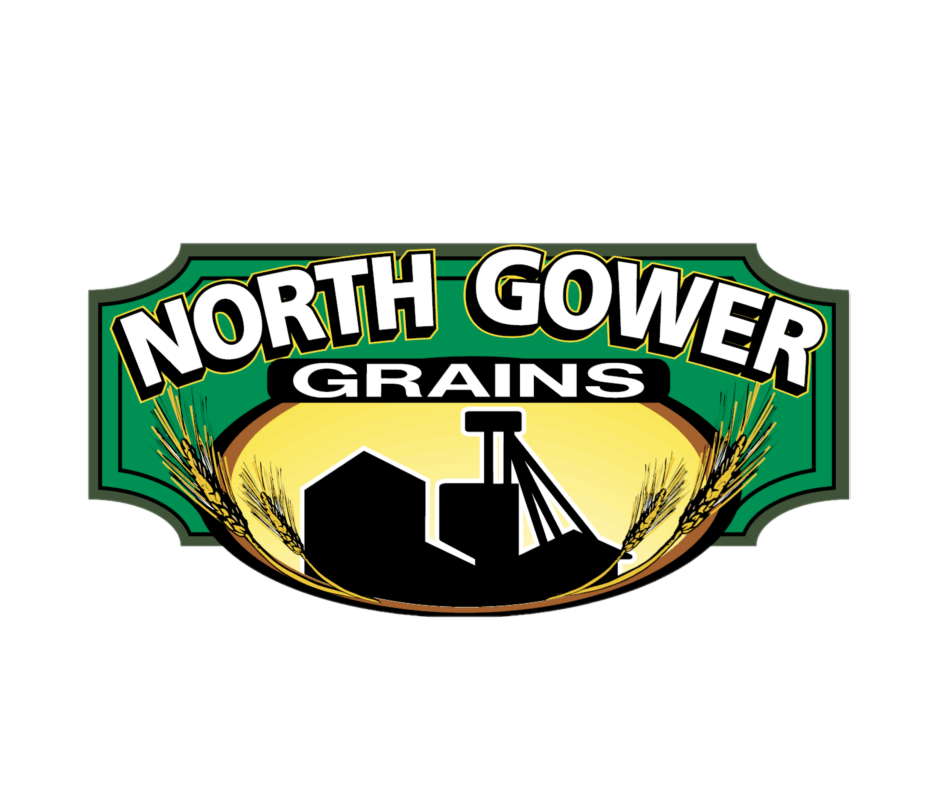Under the Agridome
Philip Shaw 5/03 5:00 AM
The grain markets popped up Thursday in an apparent reaction to some of that production risk that we were talking about last week. There is general delay in harvest for the last 10% of the soybean crop in Brazil; Argentina is having a problem harvesting its soybeans as well. Of course, many others here in North America are having a hard time getting the planters in the field. The last of the drought monitor hotspots has been overtaken as wet weather has inundated the North American Corn Belt. It makes me wonder if this is the start of the spring rally that we usually get. I've been very disappointed in the seasonality of our markets during the last half of the year. We completely missed out that post-harvest rally in grains which we usually have. Now, as I go to the field, it's that time of the year again when we get a pop in grain prices. Hopefully the market action we saw Thursday is to start a trend or, at the very least, a return to some standard seasonality within the grain market. Of course, we all want grain prices to go higher, but that is not always the reality the marketplace gives us. It is no secret this year that we have been trained almost to accept less and for those of us in the farming business over a period of a lifetime, we know what that's like. Farming is a risky business and managing that risk is increasingly challenging. There are myriad rules within the agricultural economic genre to measure the risks in front of us. For instance, the basic rule for me is the marginal revenue from a unit change in our crop production has to be greater than the marginal cost of that change. That is the bedrock of agricultural economics. There are a whole lot of other measures. One such measure I learned about this past week with something that Farm Credit Canada is doing. It developed something called the farmland affordability index or FAI to determine the value to producers of acquiring additional farms in light of the current economic conditions. I know that this does not cause excitement in farm country. However, for your agricultural economist scribe it's like the newest thing. The higher the ratio, the less affordable it is to purchase farmland; in fact, you will need more revenue to service the debt. A rising FAI means that there is declining farmland affordability in a scenario where farmland values are outpacing revenue generated from the farm. Interesting enough, this ratio has increased to such an extent last year that it was higher than the previous record in 1981 when your loyal scribe was paying 23% interest to borrow money. At first glance when I read that, I thought we were in a heap of trouble. However, when you think about it, that is not necessarily the case. It depends on who you are. If you were one of the few people that paid some of those 20% interest rates back in the day and are still farming, you probably have had tremendous asset appreciation over the years. On the other hand, it is surely creating problems now because buying farmland makes less sense based on the revenue appreciation going back all the way to 1981. Of course, I talked about the value of farmland a few weeks ago and I don't really want to go there again. What we can say based on the FAI is that we might have a cash flow problem this year based on where the prices are now. Like I said before, I've been waiting for that post-harvest rally for months now and, now that I find myself in May, I'm waiting for that spring rally. That alone might be our best chance to increase our cash flow projections for the year. Keep in mind that we shouldn't be crossways to the trend. The trend over the last several months has been down. This has been accentuated by non-commercial demand which has been short grains. When this changes in a low-price environment, that's usually when we see sudden price appreciation. In the case of today, that might be bad harvest weather in Argentina or Brazil or bad spring planting weather here. Of course, if it continues, it has the potential to break the bearish price trend. As enticing it is to imagine that, grain future spreads and basis tend to tell the truth. There's not a lot of reason for that spring rally based on supply alone. Still, farmers keep going. In a couple of hours, I will be making my first trip across the field this spring. We do it because that's what we do. We know the rules, and in fact many times things don't look that good. However, we know that change is are only constant. Sometimes the grain market goes awry when people least expect it. Being in the game, especially the long game makes sure that you are a player to capture the opportunities that come from it. Risk management never grows old. Work safely this week. Philip Shaw can be reached at philip@philipshaw.ca Follow him on social platform X @Agridome (c) Copyright 2024 DTN, LLC. All rights reserved. |



